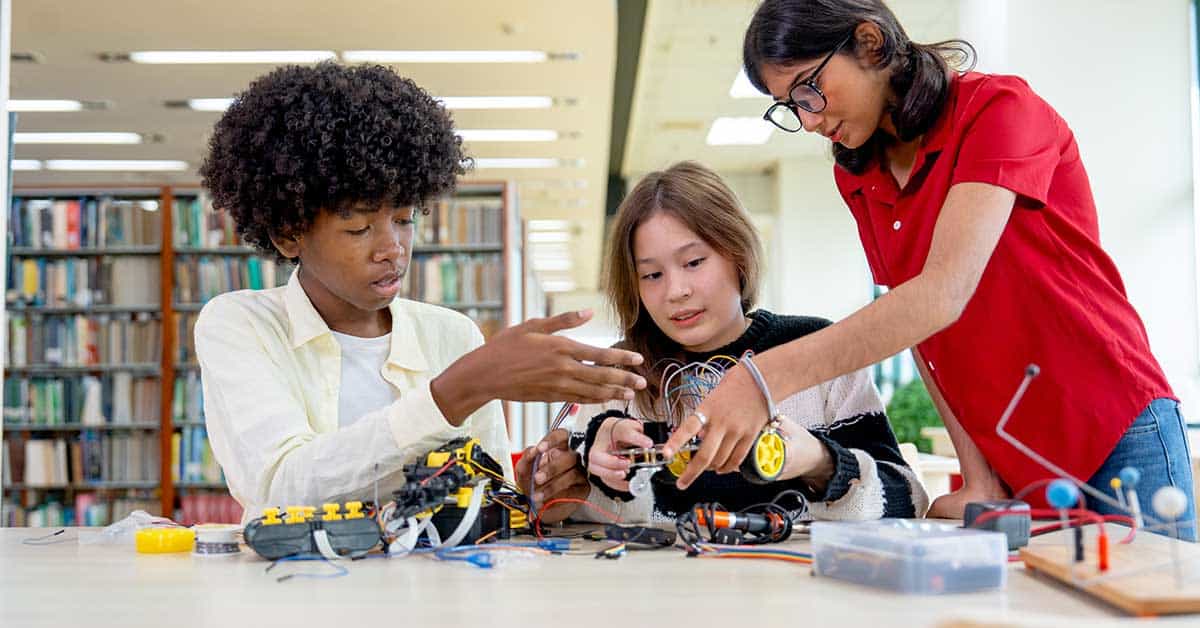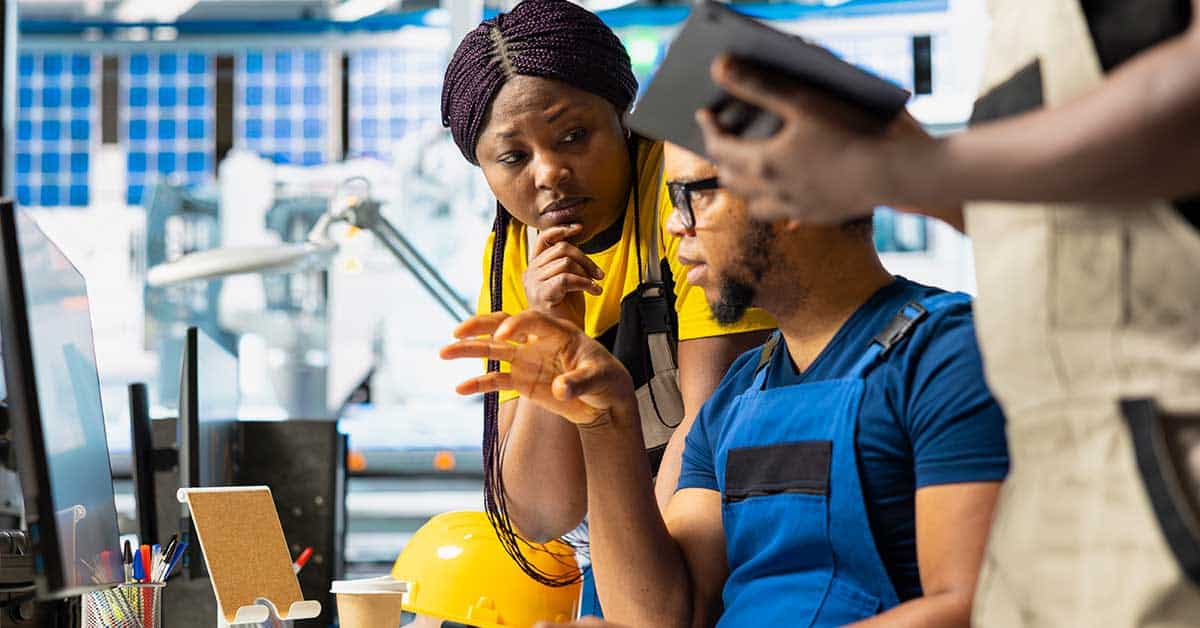Table of Contents
The urgency to produce tech-savvy graduates is paramount in the face of rapid automation and workforce evolution. However, empirical research shows that K-12 and university teachers are not equipped for the current workforce due to outdated practices and knowledge. This does not reflect their dedication, passion, or intelligence but the harsh reality of our underfunded school systems. The focus on high-stakes testing and reading has overshadowed the critical need for technology literacy. Students must learn to use, integrate, and implement assistive technologies, automation, robotics, machine learning, cyber security, and more. Teachers, burdened with non-academic responsibilities, need better support and training to prepare students for a global economy effectively.
The Urgent Need for Technological Proficiency
The Gap in Teacher Preparedness
Research indicates that many educators need more skills to thrive in today’s technology-driven workforce. A report by the National Education Association highlights that most teachers feel unprepared to integrate new technologies into their classrooms effectively (National Education Association, 2020). This gap leaves students needing to be equipped for the demands of modern jobs.
Outdated Practices in Education
Despite their dedication, many teachers rely on outdated practices that do not align with the current needs of the workforce. Teachers need more professional development and resources to use methods that are no longer effective in preparing students for a tech-centric world (Darling-Hammond et al., 2020). This disconnect poses a significant threat to students’ future success.
Beyond High-Stakes Testing: Expanding Educational Priorities
The Importance of Technology Literacy
While high-stakes testing focuses primarily on reading and math, students must develop a broad range of skills, including technology literacy. Understanding and utilizing technologies like automation, robotics, and cyber security are essential for future job markets (World Economic Forum, 2020). Schools must prioritize these areas to ensure students are workforce-ready.
Developing Soft Skills
In addition to technical skills, students must cultivate soft skills such as reliability, collaboration, problem-solving, compassion, and empathy. These attributes are critical in a modern workforce that values technical proficiency and interpersonal abilities (Partnership for 21st Century Skills, 2019).
Addressing the Overload on Teachers
The Burden of Non-Academic Responsibilities
Teachers often need help with tasks unrelated to teaching, such as paperwork, compliance documents, and even janitorial duties. These responsibilities detract from their ability to provide quality instruction and innovate teaching practices (National Education Association, 2020). The stress and burnout from these added tasks contribute to a significant teacher shortage.
Resistance to Change
Many educators would prefer to adopt new technologies, similar to past resistances to email, Wikipedia, Google, and Facebook. This resistance is a barrier to integrating necessary educational technological advancements (Fullan & Langworthy, 2014). To overcome this, schools must invest in comprehensive training programs that address these fears and encourage adoption.
The Role of Education Consultants
Underutilized Expertise
With their expertise in teaching staff about generative AI, assistive technology, machine learning, and other critical areas, education consultants play a crucial role in bridging the gap between education and industry requirements. Their time, often allocated to vocabulary development or committee work, needs to be utilized more effectively to drive meaningful change (Darling-Hammond et al., 2020). Schools must prioritize using these experts to ensure a smooth transition to a technology-driven education system.
Meeting Workforce Demands
Both teachers and students are asking for training in advanced technologies, and the workforce demands it. However, educational leaders must respond to these needs, creating a gap between education and industry requirements (World Economic Forum, 2020). Implementing training programs led by knowledgeable consultants can bridge this gap and better prepare students for future careers.
Join us in advocating for technology literacy in education. Subscribe to our blog for updates on comprehensive training programs, policy changes, and educational resources. Contact us to learn how you can support technology integration in classrooms and effectively utilize education consultants.
Conclusion:
The future of our workforce hinges on the tech-savviness of our graduates. By equipping teachers with the necessary skills and resources, we can ensure that students are prepared for a technology-driven world. The time to act is now – let us work together to prioritize technology literacy for all students. In this endeavor, the expertise of education consultants is invaluable, and their effective utilization can drive meaningful change in our education system.
Frequently Asked Questions
Why is technology literacy critical in education?
Technology literacy is crucial for preparing students to succeed in a modern workforce that relies heavily on advanced technologies such as automation, robotics, and cyber security (World Economic Forum, 2020).
How can teachers be better equipped to teach technological skills?
Comprehensive professional development programs, access to modern tools and resources, and the support of education consultants can help (Darling-Hammond et al., 2020).
What role do education consultants play in modernizing teaching practices?
Education consultants provide expertise in new technologies and teaching methods, helping to bridge the gap between current educational practices and the demands of the modern workforce (National Education Association, 2020).
References
- Darling-Hammond, L., Hyler, M. E., & Gardner, M. (2020). Effective teacher professional development. Learning Policy Institute.
- Fullan, M., & Langworthy, M. (2014). A Rich Seam: How New Pedagogies Find Deep Learning. Pearson.
- National Education Association. (2020). Preparing 21st Century Students for a Global Society: An Educator’s Guide to the “Four Cs.”
- Partnership for 21st Century Skills. (2019). Framework for 21st Century Learning.
- World Economic Forum. (2020). The Future of Jobs Report 2020.




